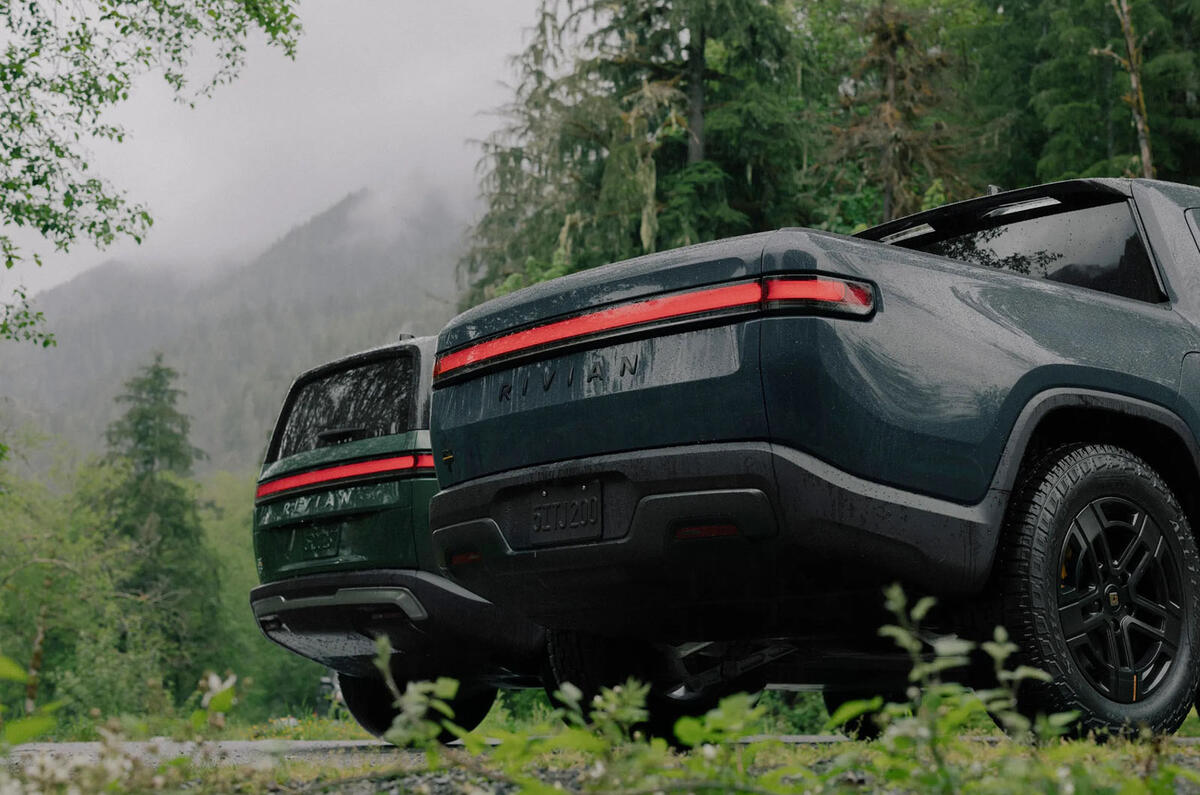The Volkswagen Group sold more cars in Poland in just five months this year than Rivian sold globally throughout the whole of 2023.
The American EV start-up lost the equivalent of £1.16 billion in the first quarter, while the German giant made a profit of £3.9bn.




Add your comment